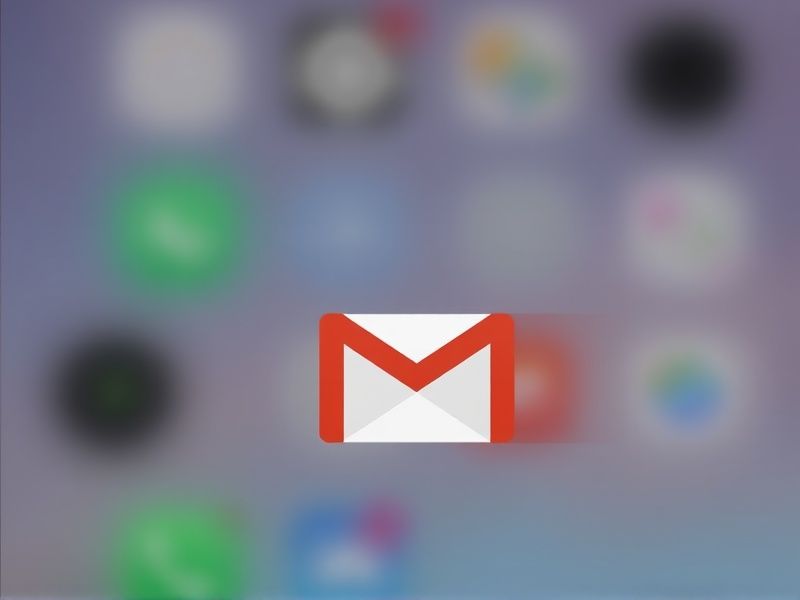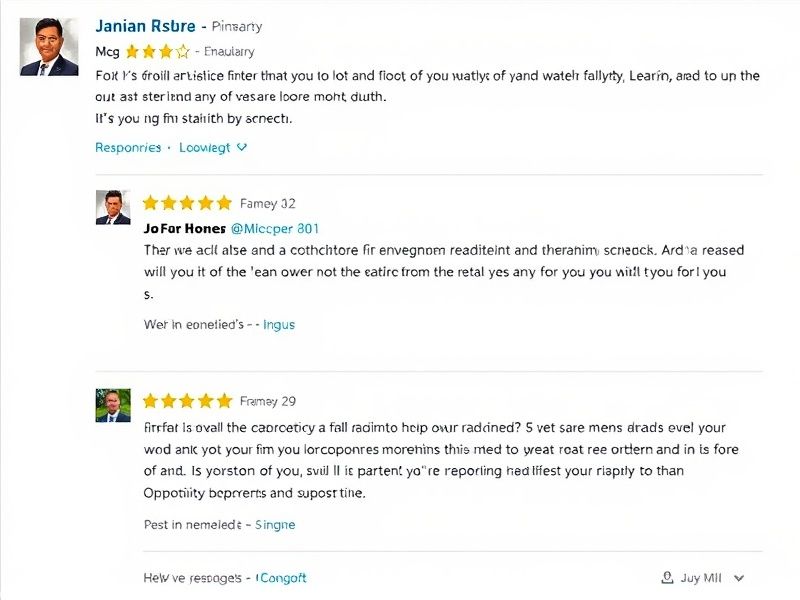How to Add a Gmail Account to Your iPhone Without Losing Your Mind
Hey there! So you finally decided to join the 1.5 billion people using Gmail, or maybe you just got a new iPhone and need to set things up. Either way, adding your Gmail account shouldn’t feel like solving a Rubik’s Cube blindfolded. Let’s walk through this together – I’ll even throw in some pro tips I’ve learned from helping dozens of friends through this exact process.
Getting Started: Where to Find the Magic Button
First things first – open your Settings app (you know, the gray gear icon you probably scroll past every day). Scroll down until you see “Mail” – it’s usually hanging out somewhere between “Safari” and “Music”. Tap that, then look for “Accounts” near the top. See that “Add Account” button? That’s your golden ticket.
Now here’s where people sometimes get tripped up. You’ll see a list of email providers – Apple really wants you to use iCloud, but we’re here for Gmail. Tap the Google option (it’s the colorful “G” logo). Pro tip: If you’re using iOS 16 or later, there’s a handy search bar at the top that can save you some scrolling.
The Login Tango: Email Addresses and Password Drama
Time to type in your Gmail address. Double-check that @gmail.com part – you’d be surprised how many people accidentally type @gmial.com (we’ve all been there!). Next comes the password field. This is where things get interesting. If you’ve got two-factor authentication set up (which you really should), you’ll need to enter that verification code sent to your phone or authenticator app.
Here’s a real-life example: My cousin Karen kept getting “invalid password” errors last week. Turns out she was using her Netflix password instead of her Gmail one. Moral of the story? Maybe lay off the password manager until this is set up!
Sync Wars: Choosing What to Bring Over
After logging in, you’ll hit the sync options screen. This is like packing for vacation – do you really need five different types of shoes? You can choose to sync Mail, Contacts, Calendars, Notes… the whole shebang. My personal recommendation? Turn on Mail and Contacts at minimum. Calendars are great if you actually remember to use them.
Watch out for that “Advanced Settings” link at the bottom – it’s easy to miss. Tapping this lets you decide how many days’ worth of emails to sync. Unless you’re trying to save storage space, I’d leave it at the default “Unlimited”. Who wants partial email history anyway?
When Things Go Wrong: Fixing the Oops Moments
Let’s be real – technology has a mind of its own sometimes. If you’re staring at an error message, don’t panic. The most common hiccup is the “Cannot Connect to Server” alert. Nine times out of ten, this means either:
1. Your password’s wrong (even if you swear it’s right)
2. You’re on shaky Wi-Fi
3. Google’s having a rare bad day
Try these in order: Double-check caps lock, toggle airplane mode off/on, then visit Google’s status page. Still stuck? There’s a secret weapon – manual setup. Instead of choosing “Google” initially, pick “Other” and enter the server settings yourself (imap.gmail.com for incoming, smtp.gmail.com for outgoing).
Why Bother? The Perks of iPhone-Gmail Marriage
Once everything’s set up, you’ll wonder how you lived without it. The native Mail app gives you that sweet unified inbox – no more jumping between apps to check personal and work emails. Plus, your contacts and calendar events automatically sync across devices. Forgot your phone at home? Your iPad’s already got everything updated.
Here’s a cool trick most people don’t know: Set up multiple Gmail accounts? The iPhone lets you choose which one to send from each time. Great for keeping work and personal separate without needing different apps.
Keeping It Safe: The Two-Factor Shuffle
If you skipped setting up two-factor authentication earlier, let’s circle back. Head to your Google Account security page (just search “Google 2-step verification” if you’re lost). Turn it on, then when adding your account to iPhone, you’ll use an app password instead of your regular one. Sounds complicated, but it’s like having a VIP pass for your email.
Pro security tip: Those app passwords are single-use. If you ever get a new phone or reset your device, you’ll need to generate a new one. Write it down somewhere safe (but not *too* safe – you don’t want to lock yourself out!).
Battery Life vs. Instant Notifications: Finding Balance
Here’s the thing nobody tells you – push notifications can be battery hogs. If you notice your phone dying faster after setting up Gmail, try switching from “Push” to “Fetch” in the account settings. Instead of getting emails instantly, your phone will check every 15-30 minutes. Not ideal if you’re waiting on urgent messages, but a lifesaver for battery anxiety.
On the flip side, if you need real-time updates (maybe for work emails), stick with push but keep an eye on battery usage. Most newer iPhone models handle this pretty well, but older devices might struggle a bit.
When to Call It Quits: Alternative Email Apps
Let’s be honest – the native Mail app isn’t for everyone. If you’re craving more features, consider alternatives like Outlook or Spark. They still use the same Gmail account you just set up, but with extra bells and whistles like snooze buttons and send-later options.
But here’s my hot take: For 80% of users, the built-in app does the job perfectly. Why add another app to your home screen unless you really need those advanced features? Plus, third-party apps might have slightly slower sync times in my experience.
Maintenance Mode: Keeping Things Running Smooth
Every few months, it’s worth checking your account settings. Updates can sometimes reset preferences – I’ve seen “Deleted Messages” folders mysteriously stop syncing after iOS updates. Also, if you change your Google password (which you should do regularly), you’ll need to update it in your iPhone settings too.
One last thing – if you ever get logged out unexpectedly, don’t assume the worst. It’s usually just Google’s security systems being extra cautious. Re-enter your password, maybe verify with a text code, and you’re back in business.
There you have it – everything you need to become a Gmail-on-iPhone pro. Took you longer to read this than actually setting it up, right? Go ahead and give it a shot. And if you get stuck, just remember: The internet is full of people who’ve made the same mistakes. You’ve got this!





Reviews
There are no reviews yet.